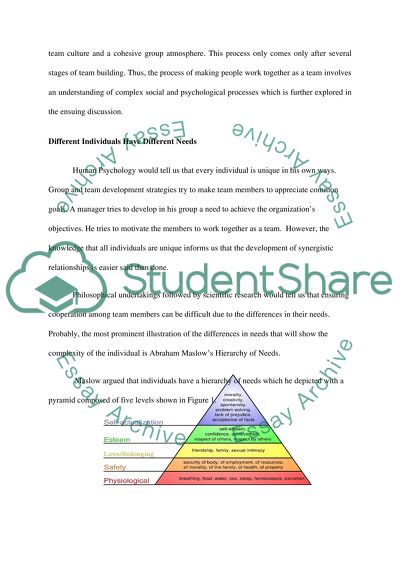Cite this document
(Intrinsic Motivation and Self-Determination in Human Behavior Assignment, n.d.)
Intrinsic Motivation and Self-Determination in Human Behavior Assignment. Retrieved from https://studentshare.org/human-resources/1557168-essentials-mangement-report
Intrinsic Motivation and Self-Determination in Human Behavior Assignment. Retrieved from https://studentshare.org/human-resources/1557168-essentials-mangement-report
(Intrinsic Motivation and Self-Determination in Human Behavior Assignment)
Intrinsic Motivation and Self-Determination in Human Behavior Assignment. https://studentshare.org/human-resources/1557168-essentials-mangement-report.
Intrinsic Motivation and Self-Determination in Human Behavior Assignment. https://studentshare.org/human-resources/1557168-essentials-mangement-report.
“Intrinsic Motivation and Self-Determination in Human Behavior Assignment”, n.d. https://studentshare.org/human-resources/1557168-essentials-mangement-report.


